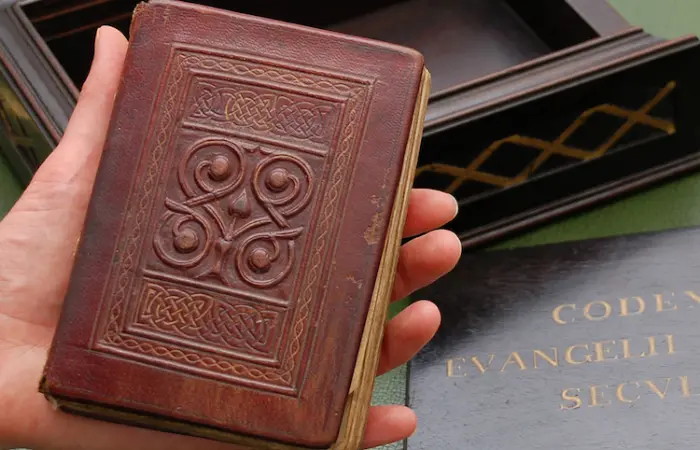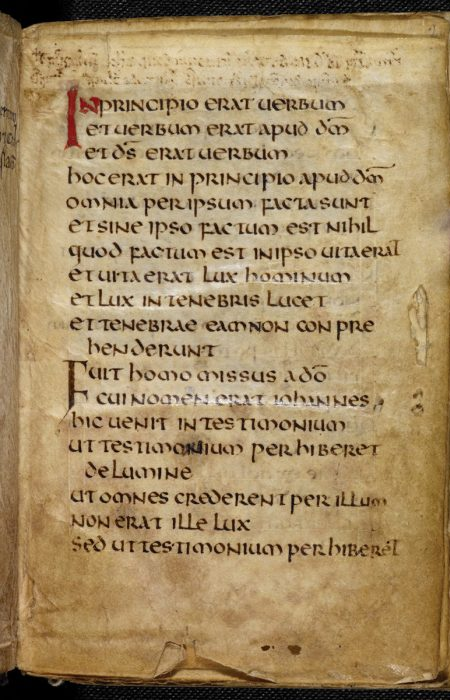It was such a remarkable discovery. Europe’s oldest book — it’s oldest intact book — has finally been discovered after it was hidden for more than 400 years. The location? It’s a hermit monk’s coffin. And, inside is the St Cuthbert Gospel.
Joining all other prized manuscripts, the old book has been on display at the British Library. The exhibit also featured the Lindisfarne Gospels and Beowulf. You see, getting to the show is such a once-in-a-lifetime opportunity. If you have been among the lucky audience, you’ll witness how the medieval Anglo-Saxons have preserved a knowledge of the life they’ve lived through these early writings.
Europe’s oldest book has been discovered inside the coffin of St Cuthbert. It’s a Latin copy of the Gospel of John.

Part of the precious ancient items is the Stonyhurst Gospel. It’s a small historical book that’s also known as the St Cuthbert Gospel. It’s actually a Latin copy of the Gospel of John. As mentioned above, they’ve finally discovered this copy inside the coffin of St Cuthbert. He was a hermit monk who’ve lived a full life until his death in 687 CE. In fact, people believed that his body remained uncorrupted even decades after his death. As a result, a cult was born, laying down sacrifices around the saint’s remains.
Shortly after 698 CE, one of the offerings going to St Cuthbert’s tomb somehow carried with it a small red book. What’s fascinating is that the book was a surviving piece of a medieval manuscript. From the saint’s coffin, authorities then moved it to Durham Cathedral in 1104 CE. From then on, Europe’s oldest book was made a separate relic.
The St Cuthbert Gospel is now at The British Library.
Finally, in 2012, The British Library signed up to acquire that oldest book of Europe. It’s now 1300 years old. At the time of the acquisition, it still has its original pages and binding.
You might be fascinated to know that the book has a binding colored in deep crimson. It’s actually made of goatskin, and it was stuck to the boards while it was still damp. The British Library, which later digitized the book, explains:
“The decoration of the boards was enriched by tooling and coloring lines on the surface, with the tip of a fine folder or a stylus. The left board is decorated with a rectangular frame with interlace patterns in the upper and lower fields and a larger central field containing a chalice from which stems project, terminating in a leaf or bud and four fruits. This raised motif was apparently made using a matrix, with a clay-like substance beneath the leather.”

If you would try to recall from history, folks in Europe have already replaced wax tablets and scrolls by codexes by the 6th century AD. A codex, by the way, is a handwritten manuscript. They would bind its sheets of papyrus or vellum in between the hardcovers. It was the Romans who created the typology in the 1st century, but this typology hasn’t spread that wide until after a few hundred years. If you consider how fragile these kinds of books are, you would definitely agree with how precious the St Cuthbert Gospel is.
Along with many other historical treasures, the St Cuthbert Gospel has been displayed at the British Library for the appreciation of the public during the Anglo-Saxon Kingdoms: Art, Word, War exhibit held on October 19, 2018, to February 19, 2019.
Source: The British Library
